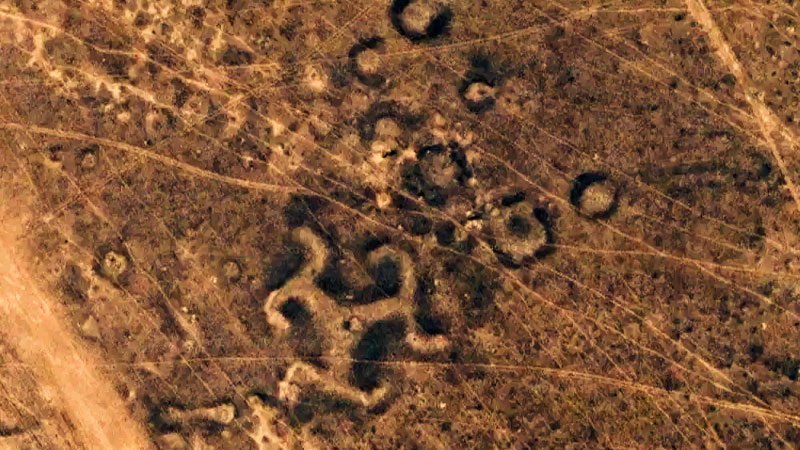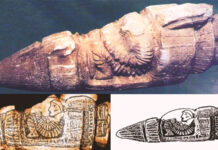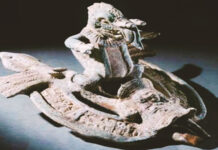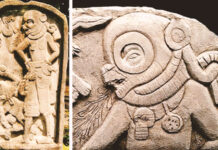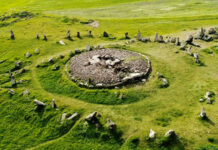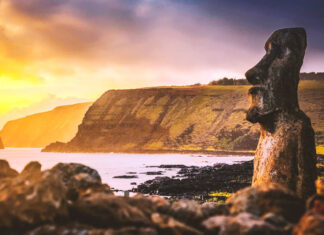These unusual drawings were discovered by Dmitryi Dey, an amateur archaeologist from Kazakhstan, with the help of Google Earth, and since then, their origin and function of the strange formations continue to intrigue researchers.
These formations, which of great height reveal clear and intriguing geometric patterns and drawings made on the ground, when seen from the ground are only small mounds of earth and wood, but which together form circles, crosses or straights with varying sizes between 90 and 400 meters.
In terms of comparison, today’s best-known geoglyphs are the Nazca Lines in Peru, which according to estimates, were created 1,500 years ago.
According to Dey, the Mahanzhar culture inhabited the region between the 7,000 and 5,000 BC and could have created some of the older forms, he also believes that these structures were used to observe and follow the movements of the Sun, just as Stonehenge functioned.

The largest of the structures is located near an ancient settlement of the Neolithic Period, also called the Polished Stone Age, and contains a square formed by 101 small hills, whose opposite corners are connected by a diagonal cross. The combined area of this formation is larger than that of the Great Pyramid of Cheops in Egypt.
The research is being conducted by a team from Kazakhstan’s Kostanay University and Vilnius University in Lithuania.
“So far, we can say only one thing: geoglyphs have been built by ancient peoples. For whom and for what purpose, it still remains a mystery”, the researchers said.
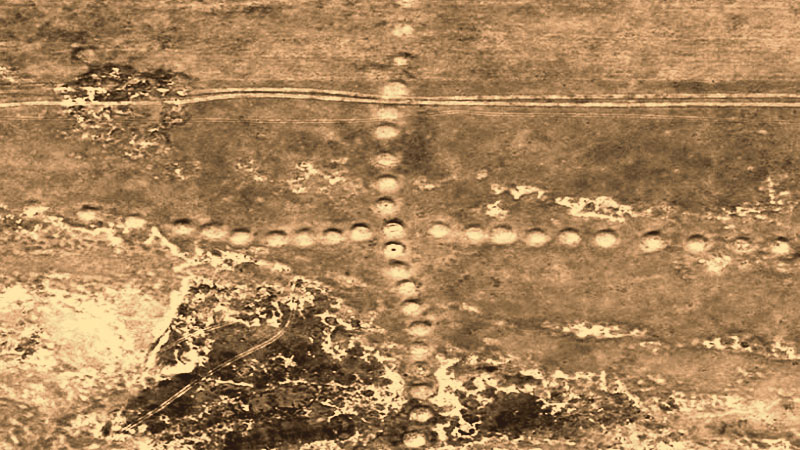
It is believed that these huge engravings, which cover an area of 692 km, could reveal details about the ancient rituals of the peoples of the region, but so far attempts to decipher them have been in vain.
NASA has asked astronauts on the International Space Station to take more photos of the region to help decipher the geoglyphs. They also hope to gain insight into geoglyphs from other places in the world, including peru’s Nazca Lines.
According to NASA, the figures would have been made 8,000 years ago and their colossal size is surprising. “I’ve never seen anything like this before, we want to map the entire region from the material we can”, said NASA scientist Compton J. Tucker.

“Building these structures requires a large number of people and involves a huge effort,” explains Giedre Motuzaite Matuzeviciute, an archaeologist at the University of Cambridge in the United Kingdom, who visited the site.
Now it remains to be seen whether any ancient civilization has built these formations for art, communication, rituals or some other purpose far beyond our reach.

